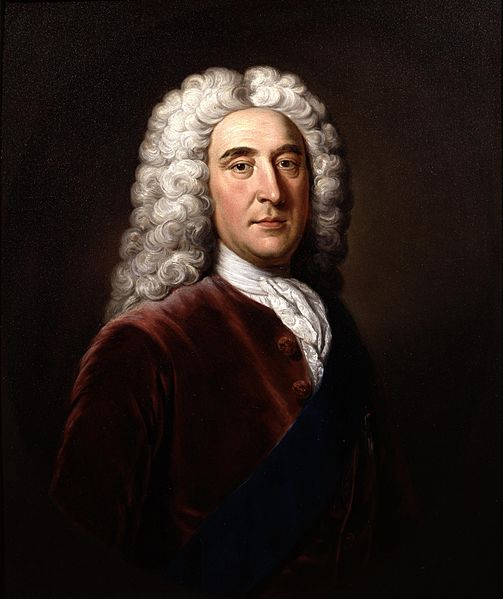The Anglo-Austrian Alliance connected the Kingdom of Great Britain and the Habsburg monarchy during the first half of the 18th century. It was largely the work of the British Whig statesman Thomas Pelham-Holles, 1st Duke of Newcastle, who considered an alliance with Austria crucial to prevent the further expansion of French power.
The Duke of Marlborough greeting Eugene of Savoy after their victory at Blenheim in 1704, a conflict in which the British and Austrians fought as allies.
The Duke of Newcastle was a prominent Austrophile and one of the architects of the Anglo-Austrian Alliance.
Maria Theresa of Austria. British support was crucial in allowing her to retain her throne during the War of the Austrian Succession. Still, she strongly distrusted the British.
The stately quadrille is the name given to set of constantly shifting alliances between the great powers of Europe during the 18th century. The ultimate objective was to maintain the balance of power in Europe to stop any one alliance or country becoming too strong. It takes its name from the quadrille, a dance in which the participants constantly swap partners.
The quadrille was a popular dance of the 18th century. Because of its similarity to the way in which Great Powers swapped partners, the term was swiftly applied to describe it.




